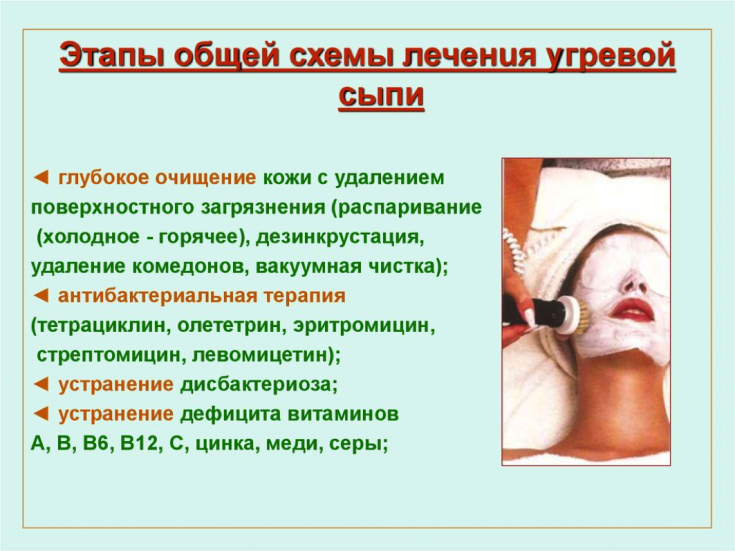All new – this is a well-forgotten old one. When it comes to dermatology and acne treatment, sometimes less popular products come to the rescue.
Today we will talk about sulfur, resorcinol and zinc. Of course, antibacterial drugs and retinoids have gradually replaced these substances from the generally accepted acne treatment regimens, however, this does not mean that they have lost their effectiveness. And, sometimes, the dermatologist has to go back and prescribe products containing these ingredients.
On estet-portal.com read about the use of sulfur, zinc and resorcinol in the treatment of acne.
- Sulfur as ancient acne treatment tool
- Zinc compounds in the treatment of acne
- Use of resorcinol for the treatment of acne
Sulfur as ancient acne treatment tool
Sulfur is one of the oldest acne treatments known. It has been used in ancient times to treat a wide range of skin problems, from dermatitis and dandruff to rosacea and warts. But sulfur is best for treating mild to moderate acne.
Follow us on Instagram!
Sulfur has a weak antibacterial effect, is a mild comedolytic, and is quite effective against the fungus Malassezia.

The abuse of sulfur can lead to irritation and flaking. Sulfur is often combined in topical products with:
- resorcinol;
- salicylic acid;
- sodium sulfacetamide.
These ingredients provide additional anti-inflammatory and moisturizing properties and make the treatment more effective.
Read also: The protective function of the skin: how to restore the integrity of the stratum corneum
Sera – it is a great acne treatment option for sensitive skin: it is less irritating than benzoyl peroxide and salicylic acid.
Zinc compounds in the treatment of acne
Correction of presumed zinc deficiency in acne patients resulted in increased expression of all innate immune system markers that were downregulated in these patients. This observation may explain why various forms of zinc are useful in treating acne vulgaris, rosacea, and acne inverse. same as oral tetracycline.

Zinc has been found to have a
sebum suppressive effect
. A premixed oral formula of 750mg nicotinamide, 25mg zinc, 1.5mg copper and 500mg folic acid has shown positive results comparable to those of oral antibacterials in patients with rosacea and acne vulgaris. Use of resorcinol for the treatment of acne
For many decades, low concentrations of resorcinol (2% or less) have been the
active ingredient
in acne treatments.
Read also:
Acneform dermatoses: features of diagnosis and treatment
Resorcinol
(Resorcinol) has:
antiseptic;
- disinfectant;
- painkiller;
- hemostatic effect. One of the latest innovations is the use of resorcinol in a stable finished form at a fairly high concentration of 15%. Such a remedy reduces redness and swelling, helps to dry the initial inflammatory nodes.
Sulfur and resorcinol are commonly found together in acne products. Resorcinol helps prevent comedone formation by helping to
exfoliate
dead skin cells. Sulfur reduces the secretion of sebum. Resorcinol and sulfur are usually used at concentrations of 2% and 5-8%, respectively. And although retinoids and antibacterial drugs are mainly used to treat acne today, we must not forget about other methods of dealing with acne in order to always be fully armed. More useful information on our
YouTube channel:







Add a comment